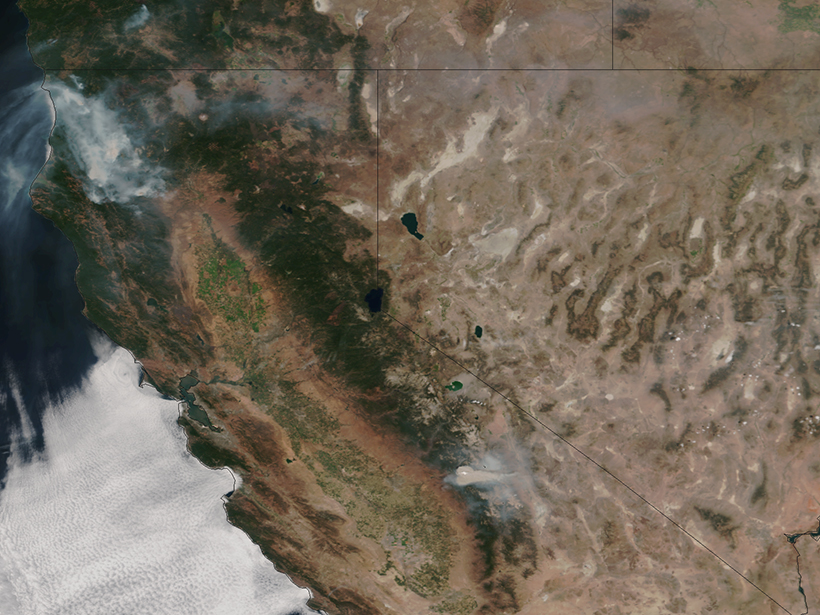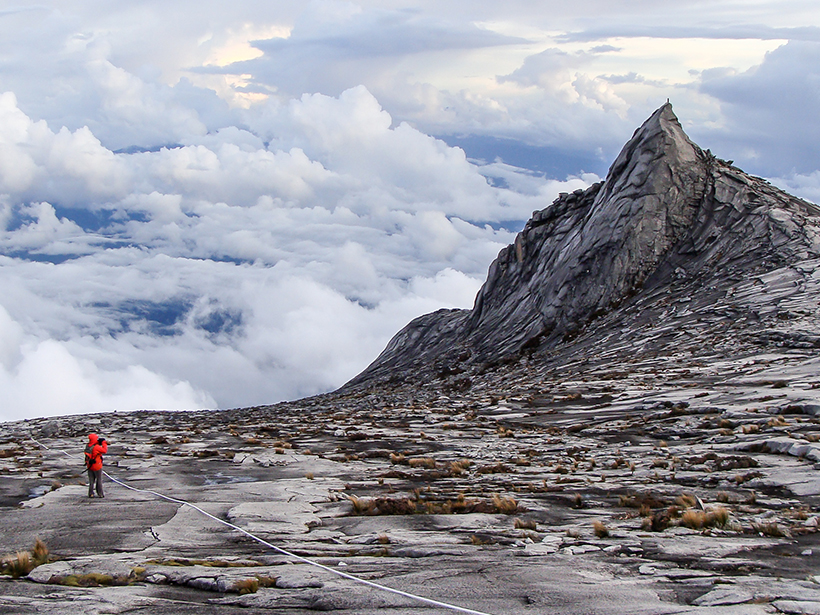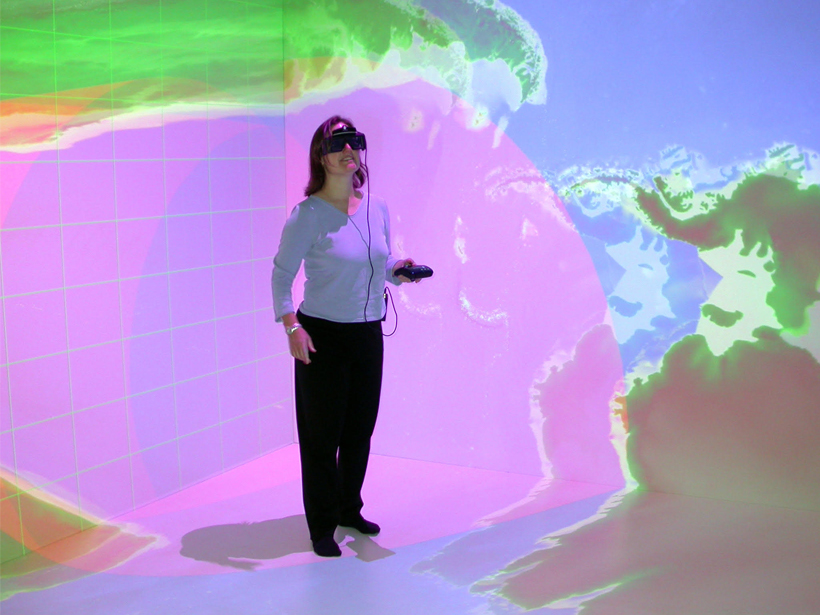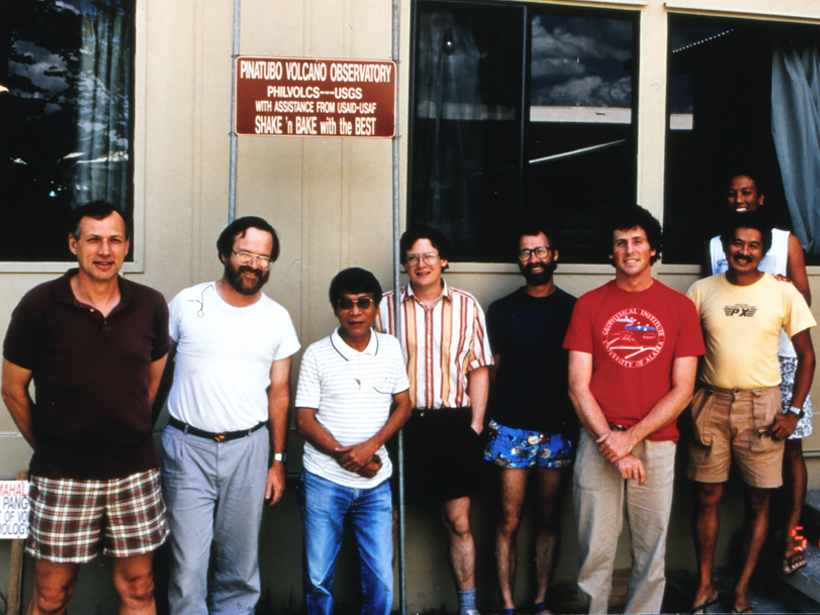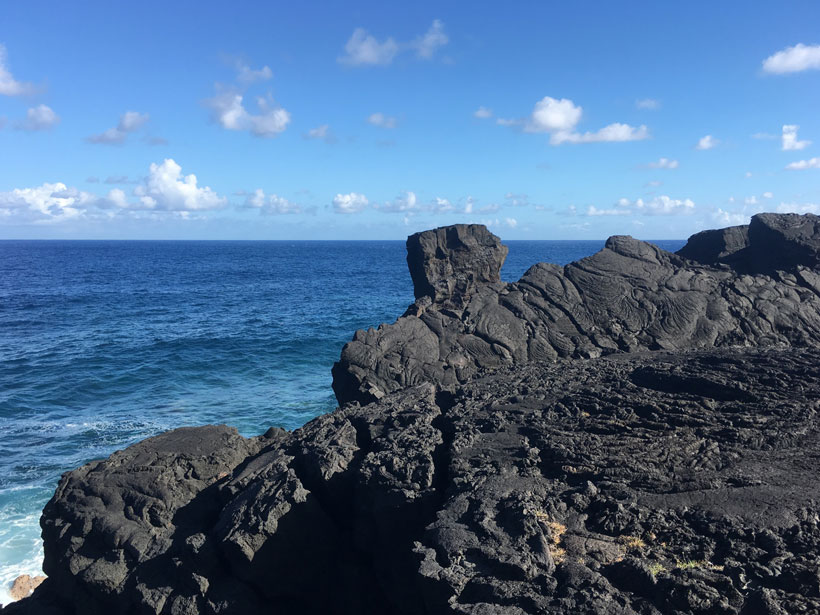Simulations show how wildfire smoke increases atmospheric stability inside some valleys, creating a feedback loop that prevents its dispersion.
Centennial Collection
Marking the 100th anniversary of AGU and Eos, this collection celebrates a century of achievements in the Earth and space sciences and looks forward to the next 100 years of scientific discovery and transformation.
Podcast: Plate Tectonics, the Theory That Changed Earth Science
Third Pod from the Sun talks with pioneering geophysicist Xavier Le Pichon about what it was like to be a young scientist challenging deeply held theories.
Interstellar Interloper Borisov Looks Like a Regular Comet, for Now
A first look at the chemical composition of the interstellar comet Borisov reveals ingredients that look a lot like those found in solar system comets. That’s not likely to last very long.
What Makes for Ethical Citizen Science Research?
A new study explores questions of consent and coercion in citizen science.
This Is How the World Moves
In October, we celebrate AGU’s Centennial by looking under our feet, where the relatively new study of plate tectonics is evolving rapidly.
Louise Kellogg: Geoscientist, Mentor, Science Communicator
The geoscientist, who studied Earth’s mantle and believed strongly in the power of mentoring, passed away in April.
Jupiter’s Galilean Moons May Have Formed Slowly
A new model is the first to simultaneously explain many of the moons’ characteristics, including their mass, orbits, and icy composition
Podcast: Volcano Disaster Prepping
Third Pod from the Sun talks with volcanologist John Ewert, a founder of the U.S. Geological Survey’s Volcano Disaster Assistance Program.
Leaky at the Core
New evidence from deep mantle plumes suggests that Earth’s liquid outer core might be leaking tungsten isotopes into the lower mantle.
Massive Collision Cracked Young Jupiter’s Core
The gas giant’s interior reveals evidence of an ancient impact.

